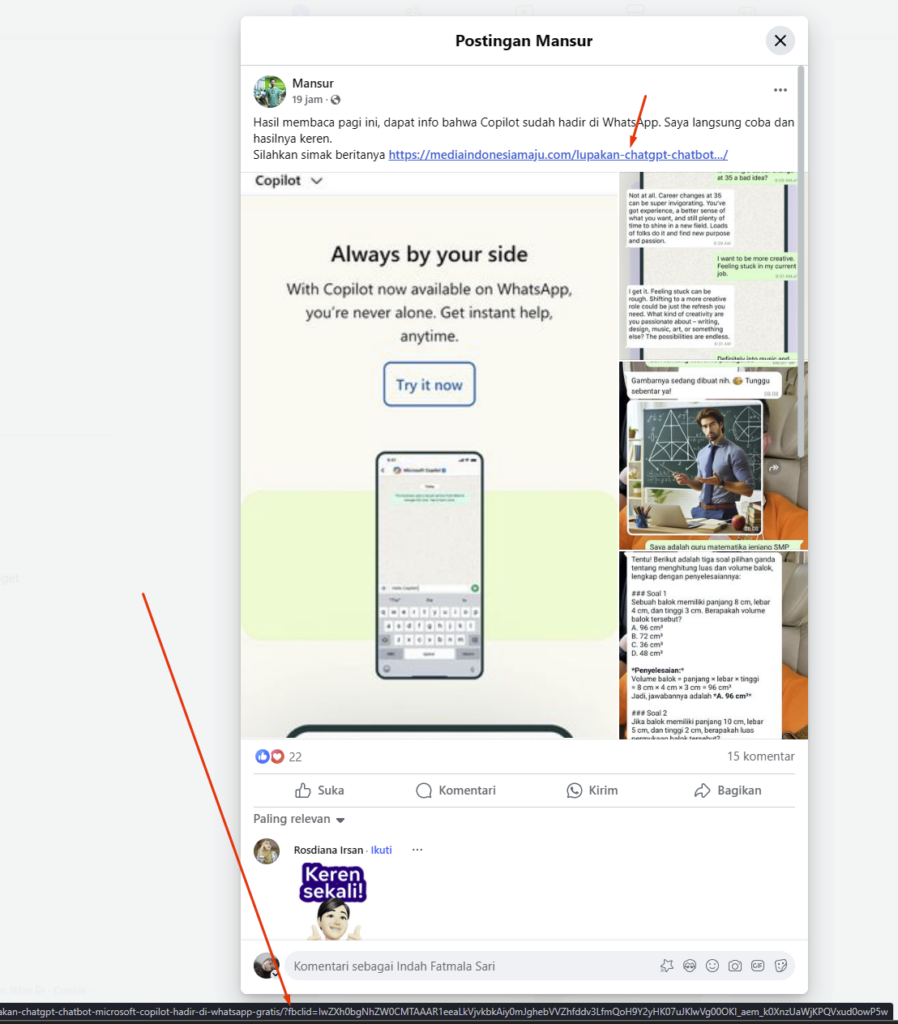Do you usually scan the URLs of the web pages you visit? Have you noticed new content appearing in some URLs when you click ads on the Facebook network?
Even if you use an ad blocker, there are still ways to get around some companies’ cookie rules and laws. The fbclid parameter was probably designed to do exactly the same thing. We’re not talking about the popular Facebook Pixel here. The fbclid parameter is something completely new that many users are interested in and even more afraid of.
Are there similarities between the gclid and fbclid parameters? you’re welcome But the situation is very similar because some time ago Google started adding the gclid parameter to transfer data between Google Analytics and Google Adsense.
So what are the new fbclid parameters on Facebook?
Facebook users have noticed a new fbclid tag appearing in the URLs of posts on the social network. This parameter was first discovered in mid-October, leading many people to wonder what fbclid is. Fbclid can be decoded into Facebook Click ID (“Facebook Click ID”), similar to Google Click ID – GCLID. The GCLID parameter is used to exchange data between Google Analytics and Google AdSense, as already mentioned. So we can assume that we are using fbclid to exchange data.

Facebook analytics, really?
Another assumption made by the user who claimed this on the Reddit page is that this setting is intended to bypass Apple’s Smart Tracking System 2.0, which was introduced to protect Safari from cross-site tracking by Facebook and other sites . In early October, Facebook announced the launch of essential cross-site tracking cookies in Safari and Mozilla Firefox.
These parameters can help you get more complete statistics on Facebook in the future and expand the insights of pages that are suitable for advertising purposes. However, since there is no official information, it is recommended to add the fbclid parameter to the exceptions in ‘Display Settings’ of Google Analytics.
The new tracking mechanism may be some kind of first-party pixel implementation, but many people are reporting that pages with the fbclid parameter are not properly redirecting to the correct destination.
What is the purpose of fbclid? Can we help you understand the performance of your ads or identify the sources of the ad traffic you’re getting?
Only time will tell. Follow our blog posts for the latest information.